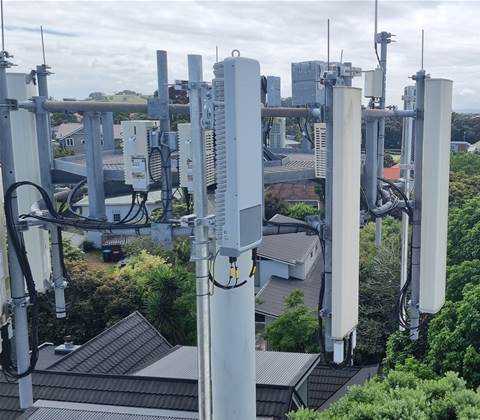Telstra has emerged as the biggest bidder in Australia’s recent auction of spectrum in the 3.4GHz and 3.7GHz bands, laying out more than half a billion dollars in a process that netted the government nearly $722 million.

Compared to Telstra’s near-$546 million spend on 326 spectrum lots, TPG spent just over $128 million for 44 lots (via its infrastructure subsidiary Mobile JV), while Optus took just four lots for $33.5 million.
NBN Co, which has been expanding its fixed wireless broadband footprint to move customers off its satellite services, won 200 lots for $14.4 million.
Telstra took a broad footprint in both the 3.4GHz and 3.7GHz bands.
In an announcement to the Australian Securities Exchange [pdf], Telstra said its lots amounted to between 55MHz and 100MHz of additional spectrum for its network, including an additional 80MHz in Sydney and Melbourne.
Telstra said the mid-band spectrum it acquired is important because it’s “used by almost all 5G mobile devices”.
As detailed in the auction results [pdf], Optus only won spectrum in the 3.7GHz band, in rural northern NSW and southern Queensland.
TPG won mostly metropolitan 3.7GHz spectrum (in all capitals except Darwin), with just a handful of rural and regional lots in Western Australia and Queensland.
NBN Co’s focus was on 3.4GHz spectrum, with lots spread around Australia.
The spectrum became available after a suite of reallocations of spectrum previously covered by a wide range of licence types, including apparatus and spectrum licences for wireless broadband, fixed satellite, radiolocation, and amateur services.
The new licences will come into force “shortly”, the Australian Communications and Media Authority said, with the 3.4GHz licences to run until 2030 and the 3.7GHz licences expiring in 2044.

.png&h=140&w=231&c=1&s=0)
.jpg&h=140&w=231&c=1&s=0)


















